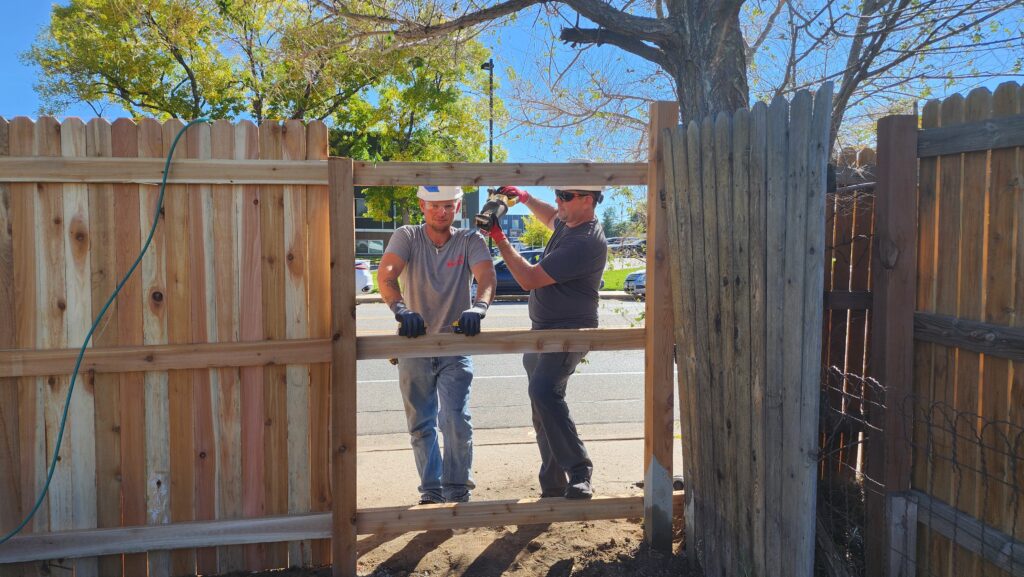Need a new commercial roof? TPO might be the solution for you!
Since its invention, TPO roofing has steadily grown in popularity over the last 30 years. For any commercial roofer, business owner, or property manager, this material is probably a familiar sight. In fact, if you’re looking to replace your commercial roof, chances are you’re looking into TPO roof installation for your project!
Here at Elite Roofing & Solar, TPO is one of the more popular types of commercial roofing materials we commonly work with. Still, we often get questions from interested business owners and property managers about this material. Some of the more common questions cover topics such as what TPO actually is, how it’s installed, and how long they might expect a new TPO roof to last. So today, we’re covering the topic of TPO roof systems and their installation in full to answer any questions you might have. Let’s get started!
What is TPO roofing?
The proper term for TPO is “thermoplastic polyolefin,” but as you might expect, it’s almost always referred to as TPO. A synthetic roofing material, TPO is a single-ply membrane roofing system that includes a layer of membrane and a reinforcing scrim that gives it added stability. It’s manufactured and sold in sheets, which are typically anywhere from 10-20 feet in width.
TPO roofing was first introduced to the market in 1991. Prior to this, the main roofing membranes on the market were PVC and EPDM, and TPO was created to improve on both of these materials. It’s generally been successful, as its heat-welded seams are more water-resistant than seams found on EPDM roofs, while its inherently flexible membrane doesn’t cause the material to break down as can be frequently seen with PVC roofs.
What are the benefits of installing a TPO roof?
TPO roofing offers many benefits, which explains this material’s steady growth in popularity over the past three decades. As mentioned above, TPO was invented specifically to improve upon other popular commercial roofing materials already on the market. Here are a few major reasons why many people opt for TPO roofing:
- Speed of Installation – While the installation of a TPO roof should only be done by expert roofers, the process itself is very straightforward. Timelines for commercial roof replacements vary, of course, but typically TPO roofs can be installed much more quickly than other popular roofing materials, such as built-up roofing or metal roofing.
- Affordability – In part due to the ease of installation, TPO roofing is fairly inexpensive to install. Compared to other single-ply membrane materials, the price is very comparable, and it balances the cost with excellent durability.
- Durability – Especially when compared to other types of membrane roofing, durability is where TPO really shines. TPO roofing resists punctures, impact damage, and tears very well. In addition, its heat-welded seams (when installed correctly) are more water-resistant than those of EPDM or PVC roofs.
- Longevity – With less time on the market than other materials, the expected lifespan of a TPO roof is a bit more variable. However, most estimates put the lifespan of a TPO roof at around 20-30 years. Effective commercial roof maintenance will help your roof last even longer!
- Energy Efficiency – Many commercial building owners are opting for “cool” roofs these days as a way to improve energy efficiency (by cutting down on cooling costs) and combat climate change (by reducing urban heat island effects). TPO is readily available in light colors that reflect sunlight and heat.
First things first: Choose an expert roofer!
So you’ve evaluated all of your options, weighed the benefits and costs against your budget, and determined that TPO roofing is right for your needs. So what comes next?
Well, while TPO roofing is relatively quick to install, that doesn’t mean it’s easy for just anyone to do. There are many pitfalls when it comes to the installation of a TPO roof, so it’s important to hire a commercial roofer with expertise when it comes to TPO roofing. They’ll be much better-versed in the installation process and be able to install a new roof that will last for many years.
Choosing the right roofer for your project is a blog post of its own. For now, here are a few quick tips on what to ask and how to evaluate roofing companies:
- Make it a priority to hire a local roofing company
- Check in on customer reviews as well as their rating with the BBB
- Ask about their experience working on projects similar to yours
- Request references, if possible, as they can provide unique insights on what it’s like to work with the roofing companies you’re considering, and
- Always ask about licensing and insurance before proceeding with any roofing company
The TPO roof installation process
Once you’ve chosen an expert roofer, it’s time to get started with installing your new TPO roof! Here’s how the TPO roof installation process breaks down.
- Find an installation window
As you might expect, roofing projects depend somewhat on the weather in your area. Extreme temperatures—both high and low—can affect roofing adhesives, cause materials to become brittle, and impact the safe working hours for roofers. And of course, high winds, rain, and generally adverse weather is usually a no-go for any major roofing project.
- Prepare the substrate
Whether you’re installing a brand new roof or replacing an old one, the substrate will have to be prepared before installation can begin. For a new roof, this typically just involves cleaning the surface where the roof is to be installed. For a roof replacement, the existing roof will have to be torn down, which adds to the total cost and timeline of the TPO roof installation process.
- Measure and cut materials
Proper planning and preparation is vital to installing large commercial roofs. That includes cutting all necessary roofing materials, including the rolls of TPO roofing and the insulation that will be layered beneath the outer membrane.
- Install insulation layer
Insulation is a key component of TPO roofing systems. It helps to both maintain the proper temperature inside the building and provides an extra layer of protection to keep the outside elements from penetrating the roof’s surface.
- Affix the TPO membrane and heat-weld
With everything else prepared, it’s time to add the TPO roofing. The carefully sized and cut pieces of TPO are first affixed to the roof using either mechanical fasteners or some form of roofing adhesive. Once all of the TPO is in place, the roofer will heat-weld each seam to form a completely watertight seal.
- Thoroughly test for vulnerabilities
For some roofing companies, installation is complete once the TPO is heat-welded. However, experts in TPO roof installation know that thorough testing is a vital part of the process. Both during and after the main installation process, your commercial roofer should be testing the entire roof for potential vulnerabilities and shoring up any weak points. This ensures your roof will last as long as possible and prevents costly premature repairs.
Elite Roofing & Solar: Experts in TPO Roof Installation!
Here at Elite Roofing & Solar, our Denver commercial roofing experts are well-versed in all things TPO roofing. From reliable, expert installation to ongoing roof maintenance that will help your new TPO roof last as long as possible, our experienced team is here to be your roofing partner throughout the life of your new TPO roof—and beyond!
If you think TPO roofing might be the solution you need for your commercial roof, Elite Roofing & Solar is standing by to get your roofing project started. Contact us today!







